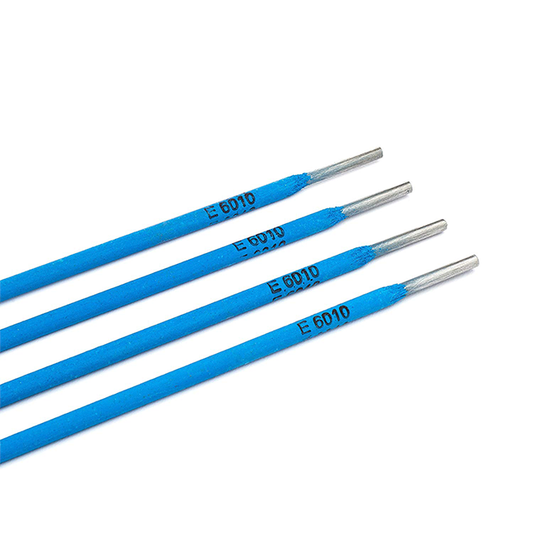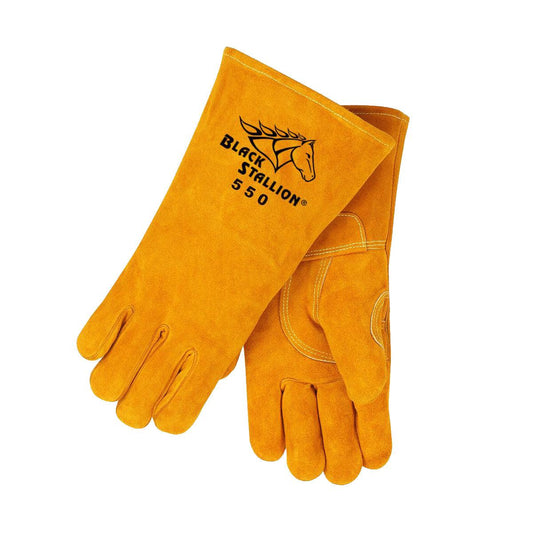If you’ve ever tried stick welding, you may wonder if it’s called that
because you get stuck all of the time. One of the most common complaints among
stick welders is a stuck rod. When a rod stays stuck too long, it could overheat
and no longer be useful for your welding projects. A stuck stick welding rod
keeps you from working and could add up to a lot of wasted materials. Here are
some stick welding tips for how to handle a stuck rod:
Keep Your Amperage High
One of the most common welding instructors’ tips you’ll find both in welding
shops and online is to keep your amperage on the upper end of what’s
recommended. That means you won’t have a huge margin for error. You need to
strike up and get moving before you burn through, create too much spatter, or
lose control of your puddle.
However, once you’ve got your machine running good and hot so that you can
weld efficiently, you’ll find that your rod will stick far less. Running too low
an amperage is typically one of the most common reasons for a stuck electrode
while stick welding.
Too Short an Arc
Another reason for a stuck electrode is you’re welding with too short an arc.
Pay attention to your spatter if you get too far from your work piece.
Recommendations vary depending on the thickness of your electrode and could be
anywhere from a quarter to a half inch. If you keep getting stuck, try pulling
back a little bit with the arc.
Don’t Use a Hot Rod
We’re getting to the part about how to remove a stuck electrode soon, but
here is another tip that may save you a ton of aggravation. If you do get stuck while
you’re welding and your rod heated up, a really hot rod will stick all of the
time—you want a dry rod but not a hot rod. So give your rod time to cool if you
can still use it. Naturally, if you’re a beginner, keep a bunch of dry rods
handy so that you can keep learning from your mistakes as you adjust your
settings and welding technique. Sometimes a rod will be ruined if it gets too
hot, so be prepared to toss a rod if it overheats.
Pulling an Electrode from a Work Piece
The most common way to remove a stuck electrode is to give the electrode
holder (often called a stinger) a sharp jerk. Don’t let it stay put too long. As
soon as you’re stuck, get the electrode off because it’s going to draw a lot of
current and heat up. If your first jerk doesn’t work, twist it back and forth to
try to work your rod loose. Sometimes the first twist will loosen it up enough
that a few more twists can make the difference.
If you can’t get it loose, try depressing the rod release lever at the same
time that you pull the holder quite hard. That’s a more dramatic way to get the
rod loose, but you want to avoid touching the rod or work piece.
Remember that your metal work piece has an electrical current running through
it from your welder. So you don’t want to touch the metal unless you have a
solid ground and the welding machine is off. Plenty of welders have lived to
tell of pulling an electrode loose with their gloved hands while a machine is
running, but it’s generally a good idea to avoid any kind of electrical shock,
especially if you may have overlooked some water in your vicinity.
Stick welding is a simple and convenient welding process that can get quite a
bit of work done. You shouldn’t have to spend too much time stuck to your work
piece while your stick welding. By adjusting your settings, paying attention to
your technique, and learning how to effectively twist and jerk a stuck
electrode, you’ll make sure that you’re stick welding and not stuck welding.



